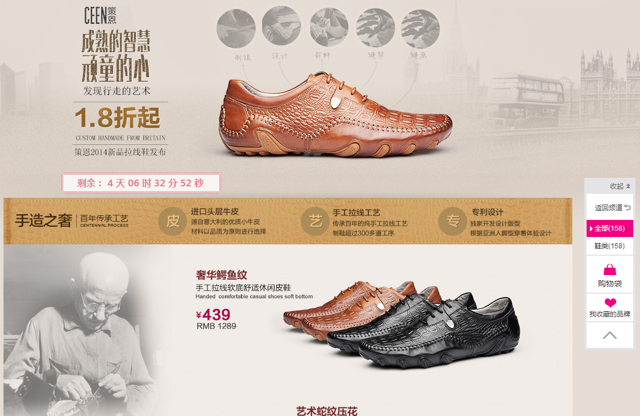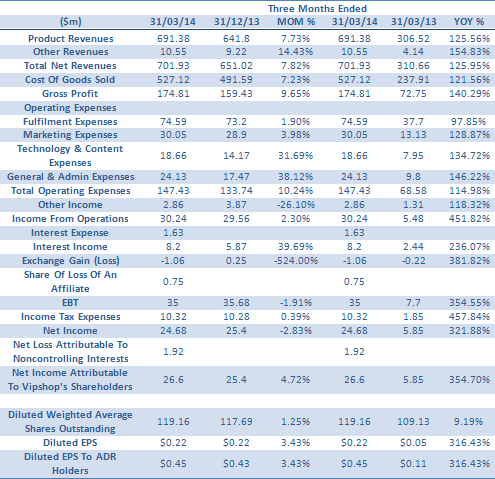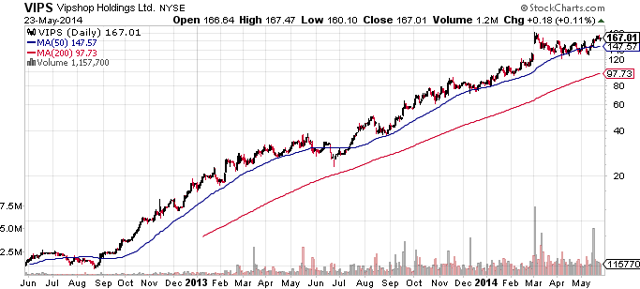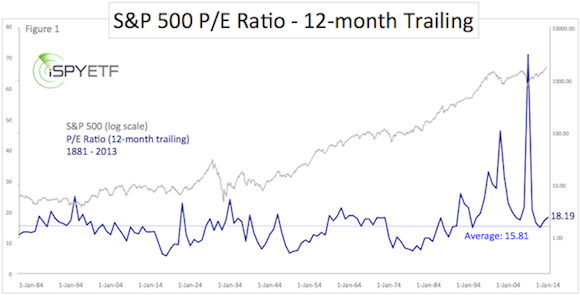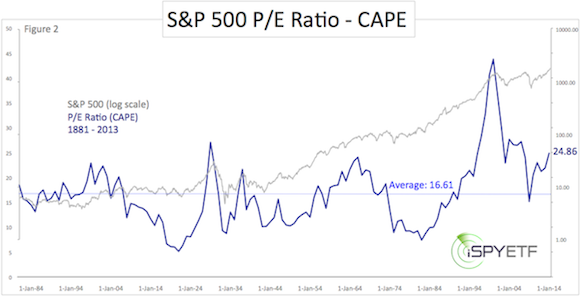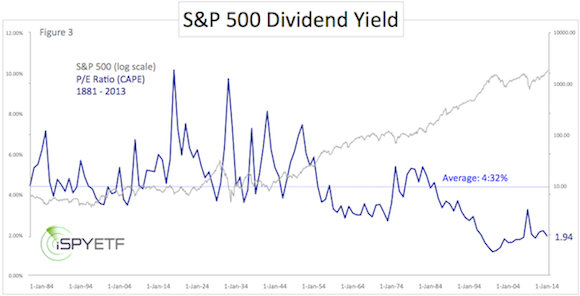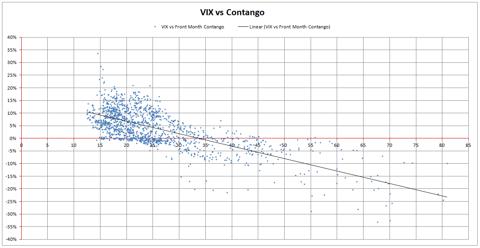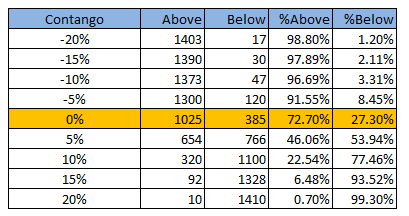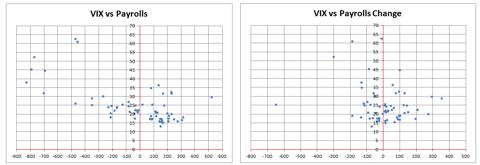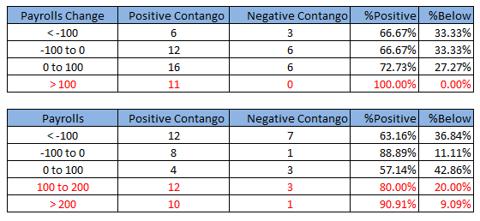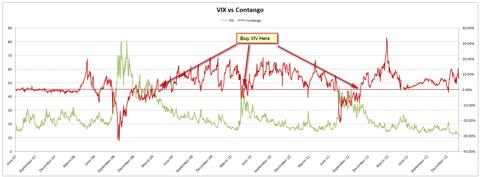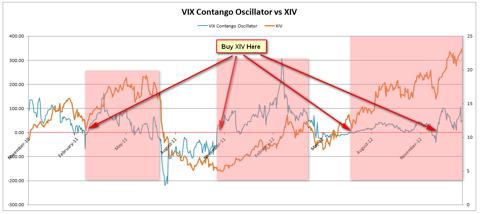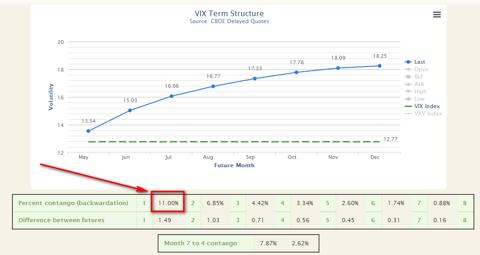Ruble Rally Handing Windfall to Magnit Stock Bulls
Save

Customers browse in a supermarket operated by OAO Dixy Group in Moscow. Dixy’s earnings... Read More
OAO Magnit (MGNT), Russia’s biggest
retailer, is heading for its best monthly advance since 2011 as
a rebound in the ruble holds down costs and signs mount that
consumer spending is proving resilient.
Magnit’s global depositary receipts have gained 28 percent in May after sinking 16 percent in the two months following Russia’s incursion into Crimea. OAO Dixy Group rose to the highest level in four months after reporting a 73 percent jump in net income yesterday, while Lenta Ltd. (LNTA) climbed to a record. X5 Retail Group NV, the nation’s second-largest retailer, is poised for its best year since 2010.
Dixy’s earnings surge comes three weeks after Magnit reported net revenue growth of 30 percent for April, from a 24.5 percent expansion in March. Investors are buying retailers as they have proven more resilient amid slowing growth, according to OAO Promsvyazbank and Kapital Asset Management LLC. Russian retailers, which are dependent on food imports, are also benefiting from a strengthening ruble.
“I cut our Magnit holdings at the start of the year during the ruble devaluation wave and started buying it at the beginning of May,” Sabina Mukhamedzhanova, a fund manager at Promsvyaz Asset Management in Moscow, which manages about 17.9 billion rubles ($520 million), said by phone yesterday. “Now that the ruble is strengthening and retailers have been posting decent financial results, investors realize that their fears were exaggerated.”
The Bloomberg Russia-US Equity Index of the most-traded Russian companies in the U.S. added 0.9 percent to 88.60. The Micex gained 0.1 percent to 1,449.17 by 10:08 a.m. in Moscow today.
“Magnit does well during an economic slowdown because it’s a discounter and is the most effective among retailers,” Mukhamedzhanova said. “Dixy posted decent results and that’s spurring investor interest.”
Russia’s first-quarter gross domestic product growth slowed to 0.9 percent, the weakest in a year, according to Federal State Statistics Service data released this month. The nation’s retail sales grew 2.6 percent on an annual basis after a 4 percent increase in March, the statistics service said May 22.
Russia has long been dependent on food imports, especially in many of the perishable categories, as weather conditions are unfavorable for much of the year.
“Even in an economic downturn, food is non-discretionary,” Timothy Post, head of investor relations at Magnit, said by telephone from Krasnodar yesterday. “Consumers still must eat their 2,000 calories a day. As a result, the food sector is perhaps the last retail category to experience a slowdown.”
Magnit derives 80 percent of its revenue from food sales, according to Post. Barclays Plc reiterated a rating equivalent to buy in a note dated yesterday.
Not everyone is betting on the sector’s invincibility.
“We sold some of our Magnit holdings today, mostly because the rally seems to be nearly vertical when you look at the stock chart,” Anvar Gilyazitdinov, who manages a $10 million portfolio of Russian stocks at Rye, Man & Gor Securities, said by phone from Moscow yesterday. “It’s a very good stock longer-term, while in the meantime we need to see what is going on in the economy before we consider buying retailers. Weaker ruble and rising inflation remain a concern.”
Kapital Asset Management bought shares of Magnit and Dixy this month, said Vadim Bit-Avragim, who helps oversee about $4.1 billion at the Moscow-based firm.
“Retailers were underperforming against the backdrop of a weaker ruble, and now the ruble has strengthened and April results are coming out, from which we can see that retail sales growth has resumed,” Bit-Avragim said by e-mail yesterday. “Investors are realizing that things aren’t that scary and Magnit hasn’t suffered from the Ukraine situation, and they are coming back to quality names with high growth potential.”
To contact the reporters on this story: Halia Pavliva in New York at hpavliva@bloomberg.net; Ksenia Galouchko in Moscow at kgalouchko1@bloomberg.net
To contact the editors responsible for this story: Nikolaj Gammeltoft at ngammeltoft@bloomberg.net Alex Nicholson
Magnit’s global depositary receipts have gained 28 percent in May after sinking 16 percent in the two months following Russia’s incursion into Crimea. OAO Dixy Group rose to the highest level in four months after reporting a 73 percent jump in net income yesterday, while Lenta Ltd. (LNTA) climbed to a record. X5 Retail Group NV, the nation’s second-largest retailer, is poised for its best year since 2010.
Dixy’s earnings surge comes three weeks after Magnit reported net revenue growth of 30 percent for April, from a 24.5 percent expansion in March. Investors are buying retailers as they have proven more resilient amid slowing growth, according to OAO Promsvyazbank and Kapital Asset Management LLC. Russian retailers, which are dependent on food imports, are also benefiting from a strengthening ruble.
“I cut our Magnit holdings at the start of the year during the ruble devaluation wave and started buying it at the beginning of May,” Sabina Mukhamedzhanova, a fund manager at Promsvyaz Asset Management in Moscow, which manages about 17.9 billion rubles ($520 million), said by phone yesterday. “Now that the ruble is strengthening and retailers have been posting decent financial results, investors realize that their fears were exaggerated.”
The Bloomberg Russia-US Equity Index of the most-traded Russian companies in the U.S. added 0.9 percent to 88.60. The Micex gained 0.1 percent to 1,449.17 by 10:08 a.m. in Moscow today.
‘Most Effective’
The Market Vectors Russia ETF (RSX), the biggest U.S. exchange-traded fund that holds Russian shares, gained 0.9 percent to $25.58. The RTS Volatility Index, which measures expected swings in futures, rose 0.7 percent to 26.45.“Magnit does well during an economic slowdown because it’s a discounter and is the most effective among retailers,” Mukhamedzhanova said. “Dixy posted decent results and that’s spurring investor interest.”
Russia’s first-quarter gross domestic product growth slowed to 0.9 percent, the weakest in a year, according to Federal State Statistics Service data released this month. The nation’s retail sales grew 2.6 percent on an annual basis after a 4 percent increase in March, the statistics service said May 22.
2,000 Calories
The ruble has strengthened 2.6 percent this month, the second-best performance among 23 emerging-market currencies tracked by Bloomberg after Chilean peso, as Russian President Vladimir Putin has refrained from escalating a standoff in Ukraine after sanctions from the U.S. and the European Union.Russia has long been dependent on food imports, especially in many of the perishable categories, as weather conditions are unfavorable for much of the year.
“Even in an economic downturn, food is non-discretionary,” Timothy Post, head of investor relations at Magnit, said by telephone from Krasnodar yesterday. “Consumers still must eat their 2,000 calories a day. As a result, the food sector is perhaps the last retail category to experience a slowdown.”
Magnit derives 80 percent of its revenue from food sales, according to Post. Barclays Plc reiterated a rating equivalent to buy in a note dated yesterday.
Growth Resumes
Lenta, which made its debut in London three months ago, should be Russia’s fastest-growing food retailer, Bank of America Corp. analysts Victor Dima and Ilya Ogorodnikov wrote in an e-mailed note yesterday, giving it a buy recommendation and a price estimate implying a 27 percent jump. The company’s strategy of using hypermarkets with low prices is working well, spokesman Mark Walter wrote in an e-mail from London on May 28.Not everyone is betting on the sector’s invincibility.
“We sold some of our Magnit holdings today, mostly because the rally seems to be nearly vertical when you look at the stock chart,” Anvar Gilyazitdinov, who manages a $10 million portfolio of Russian stocks at Rye, Man & Gor Securities, said by phone from Moscow yesterday. “It’s a very good stock longer-term, while in the meantime we need to see what is going on in the economy before we consider buying retailers. Weaker ruble and rising inflation remain a concern.”
Kapital Asset Management bought shares of Magnit and Dixy this month, said Vadim Bit-Avragim, who helps oversee about $4.1 billion at the Moscow-based firm.
“Retailers were underperforming against the backdrop of a weaker ruble, and now the ruble has strengthened and April results are coming out, from which we can see that retail sales growth has resumed,” Bit-Avragim said by e-mail yesterday. “Investors are realizing that things aren’t that scary and Magnit hasn’t suffered from the Ukraine situation, and they are coming back to quality names with high growth potential.”
To contact the reporters on this story: Halia Pavliva in New York at hpavliva@bloomberg.net; Ksenia Galouchko in Moscow at kgalouchko1@bloomberg.net
To contact the editors responsible for this story: Nikolaj Gammeltoft at ngammeltoft@bloomberg.net Alex Nicholson
